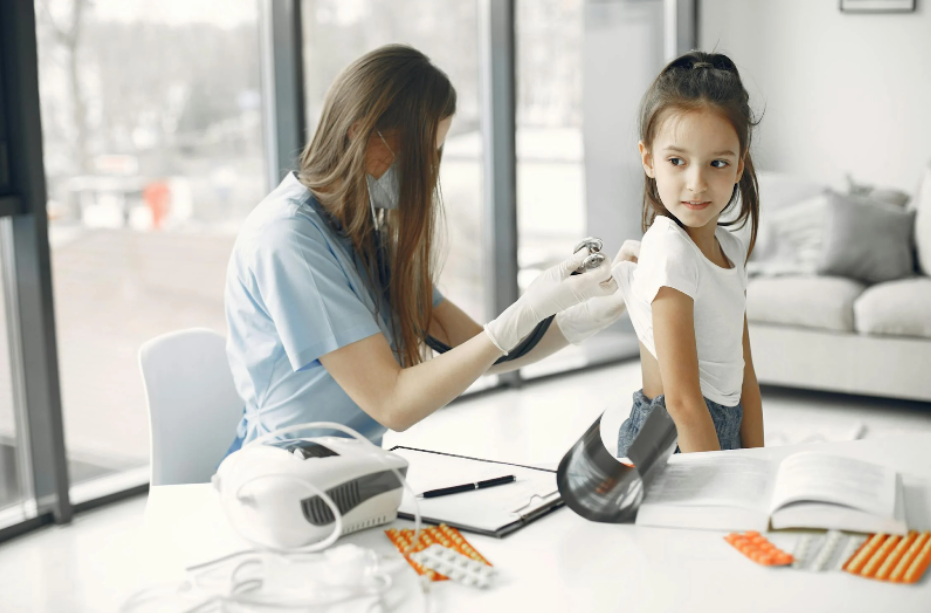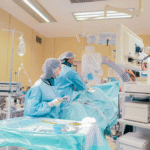Modern healthcare’s fast-paced environment is all about punctuality. Maintaining records calls for precise documentation and the clinical decision-making process in real time. Historically, entering patient data has been delayed or handled retrospectively, which has caused operational inefficiencies and a higher possibility of errors. The clinical scene is changing significantly with real-time documentation tools and practices stressing accuracy, speed, and patient-centered care.
As this change progresses, healthcare workers are discovering value in positions and systems that enable quick data collection. The growth of medical scribing jobs, which allow trained individuals to record patient encounters as they happen, is largely responsible for these changes. This method guarantees thorough and timely medical records and less administrative burden for physicians. These functions increase the correctness of patient records, lower mistakes, and guarantee continuity of treatment across several providers using real-time recording of clinical contacts.
Real-time data improves decision-making
One of the main benefits of real-time documentation is the improved quality of clinical decision-making. With quick access to current records, doctors are better able to evaluate patient status, prescribe suitable tests, and change treatment plans without delay. This smooth flow of information can be very helpful in high-stakes settings like emergency rooms and intensive care units, where every second matters.
Furthermore, real-time documentation helps to create a more cooperative clinical environment. Communication improves when all care team members have access to coordinated updates, lowering the possibility of duplication or oversight. A patient’s record shows their most current status, which helps to enable more exact diagnoses, safer prescribing methods, and a higher standard of care delivery overall.
Minimizing administrative lag and burnout
One of the main causes of doctor weariness and burnout is delayed paperwork. Important information may be lost, and the work becomes more demanding when clinicians must remember complicated patient encounters after hours—or worse, at the conclusion of a long shift. Real-time scribing reduces this load by managing the paperwork during the patient visit, enabling doctors to concentrate only on treatment.
This approach lowers cognitive burden and reestablishes work-life balance. Those who do not take their administrative responsibilities home say they are happier. Moreover, institutions that use real-time documentation systems are discovering themselves more ready to assist their workers and keep top talent as the healthcare sector struggles with constant staffing shortages and calls for efficiency.
A basis for future healthcare developments
Real-time documentation lays the groundwork for future developments in healthcare delivery, not only a reaction to present issues. Instantaneous and accurate recordings provide improved data analytics, which then help population health projects, resource allocation, and public health studies. Real-time scribing will only grow vital for a responsive and robust healthcare system as electronic health records, telemedicine platforms, and artificial intelligence tools continue to be integrated.
Conclusion
Ultimately, using real-time documenting techniques shows dedication to patient care quality. Healthcare practitioners can ensure their systems change with current medical needs by prioritizing accuracy, timeliness, and cooperation. This development improves the provider-patient relationship and offers everybody a more open, efficient, and humane care experience.




